LA Kelley Communications: Origins
debt, and wanted to wait a few years before having a baby. We took precautions. How we got pregnant will always be something of a mystery!
favorite book: Peter the Great, by Robert K. Massie. My mom had given me this book at Christmas, nine months
before, when I didn’t even know I was pregnant, with the comment, “The author’s son has hemophilia and that’s why he writes about Russian history.” The delivery room nurses poked fun at me in-between contractions for reading this
epic story: “What do you have, a test in the morning?” they quipped.
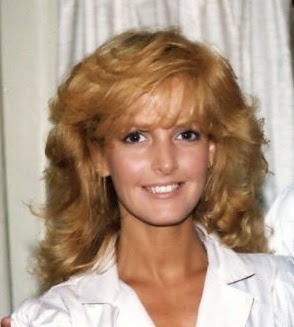
I won’t go into all that happened, but suffice to say we felt utterly alone, powerless, afraid. At least I did. And I really dislike feeling little control over my life. I had a hard-earned graduate degree, paid
for my own schooling and wedding, with only pennies left, and just landed finally a good job at an economic forecasting firm. Everything was looking up to get out of debt and improve our lives. Now this!
me for what was to come. They did know a lot about infusions, and that scared me. Indeed, when our lovely nurse called me on a Friday afternoon to tell me my son had hemophilia, over the phone (not recommended!), I was so overcome with
fear and sadness, I thought, I know how to handle this. I promptly hung up on her.
meeting, our nurse thought it would be good if I wrote my feelings down, as a way to handle them. I did, and that started turning into a book, as I wrote down everything I learned. When my son was 6 months and learning how to stand, he bit the crib rail and started a frenulum bleed. It stopped! The HTC said to just monitor overnight.
covered in blood. Now, we knew it was from the little frenulum tear, but it looked so ghastly! All I could see were two little white eyes. Blood seemed everywhere. We cleaned him up as best we could and wrapped him in a sheet to sneak him to the car. (We lived in a neighborhood where houses were about two feet apart). At the hospital, it stopped bleeding again! No factor was given
and we were sent home. But later, a mom of another child with hemophilia asked if I had give him Amicar. “What’s that?” I asked. She shared that it neutralized the saliva from breaking down a clot. Had we given it to him when we first saw the bleed, we might have saved the clot (remember it did stop at first) and prevented the hospital trip. Not even the doctors had told me that.
There were similarities and differences. If only I could capture all these! Other parents must be going through what we’ve gone through as well. We need a book, I thought.
the National Hemophilia Foundation and received a pamphlet. I was hungry for information and wanted to sink my teeth into a book, like a Dr. Spock book on child raising, only for hemophilia.
could write. And I was desperate. A mission was born. My life’s mission became
to write the book I needed; that other parents needed.
writing a book on hemophilia and to share your stories. I had 50 phone calls
the first day. The first was from Linda in Virginia, who had a 17-year-old son
with factor IX deficiency. We spoke for two hours. The second call was from a
Linda in Washington, who also had a 17 year old with factor IX deficiency! Neither
mom had ever spoken to another mother of a child with hemophilia. This is how
separated we were. I put them in touch with each other.
personally, but my Irish temper got the better of me. I tore out the business reply card, told them what I really thought, and tossed it in the mail. I felt better.
called me. He was the product manager for Monoclate-P, a factor VIII product
manufactured by Armour Pharmaceutical. I almost sank under my desk in embarrassment,
but he assured me he wanted to know what parents thought and what Armour could
do to help.
what this would look like and before I knew it, we had a contract. I was going
to be an author. He took a huge risk, but I have to say it was a match made in
heaven. Rob was new in his position and looking to make a difference. And so
was I.
deadline. Another baby on the way. For 8 months I worked all day at my job as
an economist, picked my son up from day care, came home, bathed him, played with
him, made him dinner, put him to bed, and worked till midnight on the book. My
computer was a 25-pound Compaq, that I wheeled out of work each night using a
handcart. The screen was black with little green letters; primitive by today’s
standards. There was no internet. No cutting and pasting. I read every single
submission sent to me. In total, 125 people. A wealth of knowledge. I learned
so much and was excited to bring this to the community.
daughter, born at the same time.


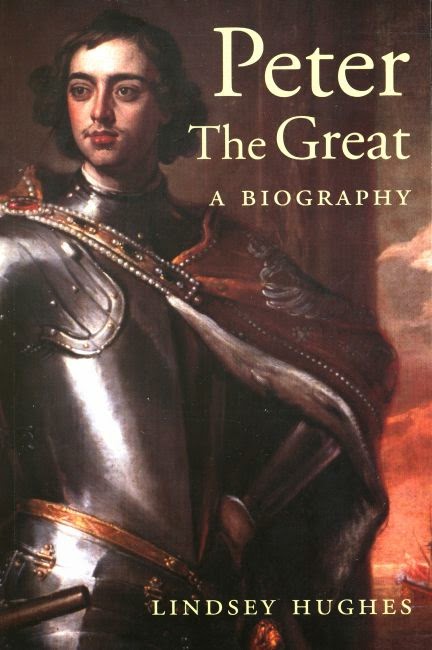
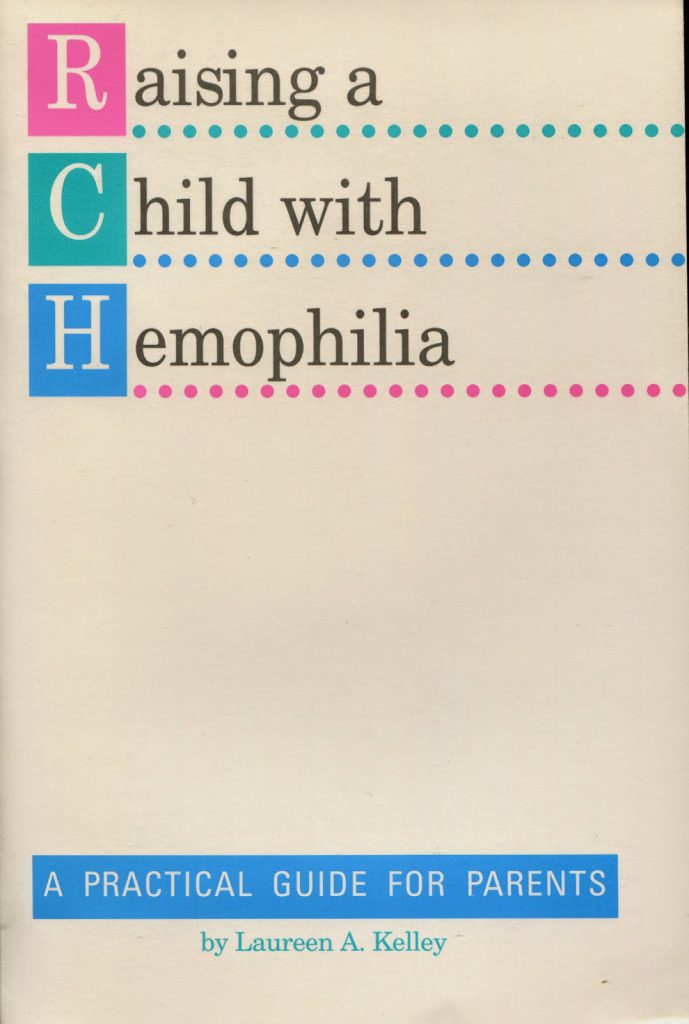
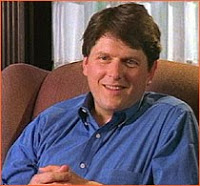
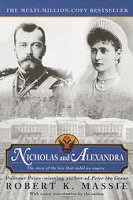 Little did I know Bobby Massie lived only two miles from my house at the time, Through our treatment center nurse, I was introduced to someone whose whole family I admired. Bobby and I met, and I found him very down to earth, intelligent, and above all stoic. He was suffering from not only hemophilia, but HIV and hep C. I later became friends with his mother, who worked with me to help kids with hemophilia in Russia, something she had been doing for some time. Suzanne became such an expert on all things Russian, that President Ronald Regan relied on her as an advisor for Russian policy, and she welcomed him to Russia, to the Pavlosk Palace, which she had helped to renovate. Remarkable family!
Little did I know Bobby Massie lived only two miles from my house at the time, Through our treatment center nurse, I was introduced to someone whose whole family I admired. Bobby and I met, and I found him very down to earth, intelligent, and above all stoic. He was suffering from not only hemophilia, but HIV and hep C. I later became friends with his mother, who worked with me to help kids with hemophilia in Russia, something she had been doing for some time. Suzanne became such an expert on all things Russian, that President Ronald Regan relied on her as an advisor for Russian policy, and she welcomed him to Russia, to the Pavlosk Palace, which she had helped to renovate. Remarkable family!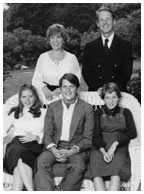
 Dan Dick, ordained minister of The United Methodist Church, writes: “The Shack is a spiritual Twinkie – sugary sweet with little or no nutritional value. The fantasy tale is very unevenly told, but framed as a might-have-happened second-person narrative. The spiritually naïve and immature might find this to be a deeply satisfying treat. Without a sound theological basis or the application of even the most basic critical thinking skills, a reader might mistake this as more than just a fairy tale.” I won’t rate it given I didn’t read it it and will add that someone I know and respect very much read this, was moved about the message of forgiveness and subsequently reached out to a family member long lost and repaired a relationship. In that regard, this book has great value! It just wasn’t my spiritual cup of tea.
Dan Dick, ordained minister of The United Methodist Church, writes: “The Shack is a spiritual Twinkie – sugary sweet with little or no nutritional value. The fantasy tale is very unevenly told, but framed as a might-have-happened second-person narrative. The spiritually naïve and immature might find this to be a deeply satisfying treat. Without a sound theological basis or the application of even the most basic critical thinking skills, a reader might mistake this as more than just a fairy tale.” I won’t rate it given I didn’t read it it and will add that someone I know and respect very much read this, was moved about the message of forgiveness and subsequently reached out to a family member long lost and repaired a relationship. In that regard, this book has great value! It just wasn’t my spiritual cup of tea.